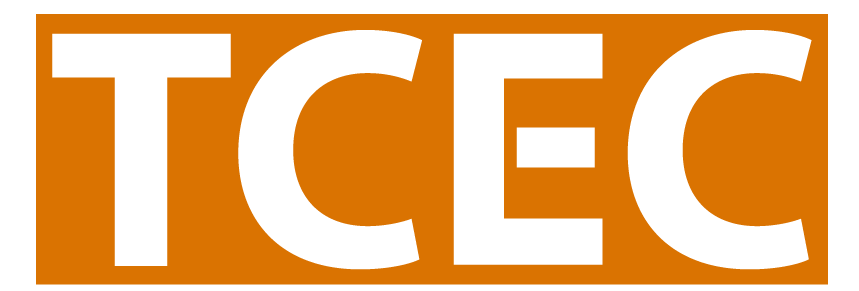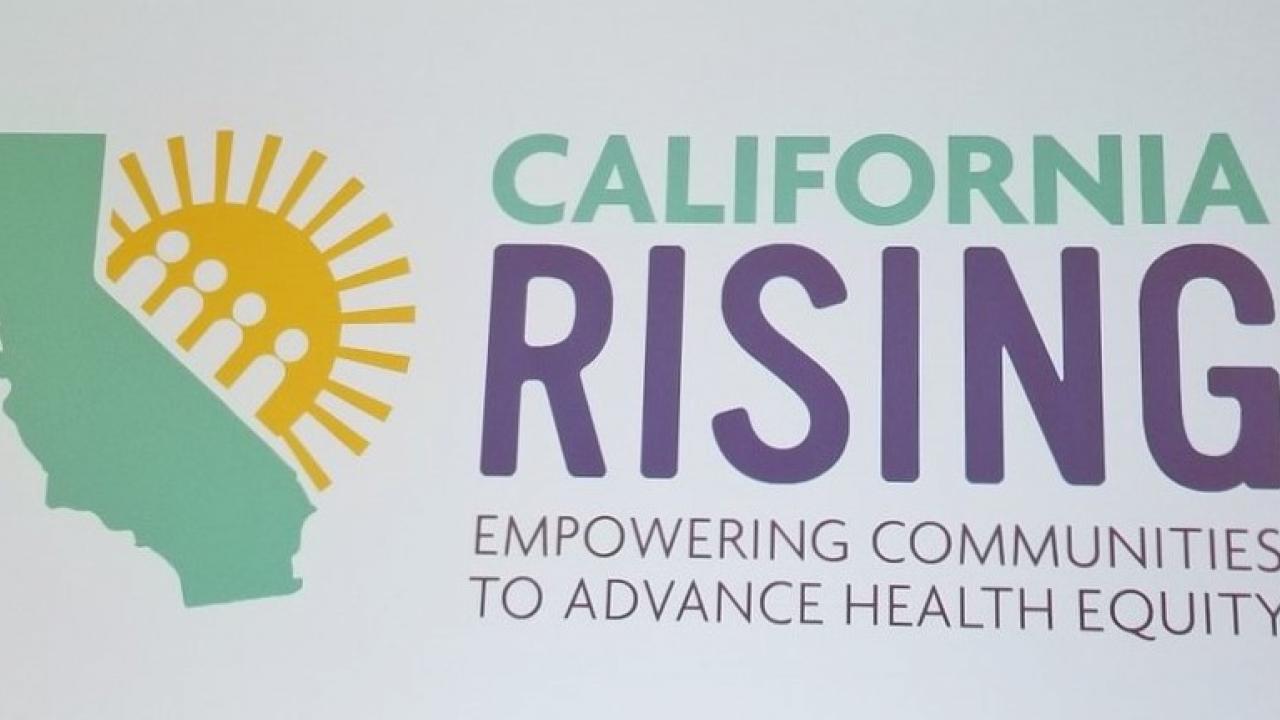
Rise Together
by Catherine Dizon
It was my privilege to present three times at the recent California Tobacco Control Program (CTCP) conference, California Rising: Empowering Communities to Advance Health Equity. You don’t often get to pull back the curtain and see all the planning, communication, and coordination that sets up everyone for success. What we first envision something to be often ends up very different, in a good way, with the help of others. I experienced how collaboration with a diverse group of people not only helped with the three presentations, but also provided me with opportunities to learn from amazing people in the process. This article is an opportunity to simultaneously give you a peek at the collaboration that happens behind the scenes and express gratitude to our collaborators.
Collaborating to Make Data Fun
On Day 1, I co-presented with Elizabeth Andersen-Rodgers of the CTCP Surveillance Unit on “Obtaining Data for Working with Priority Populations.” To be honest, I didn’t intend for this to be a structured presentation. I submitted this abstract as a fireside chat thinking that we would simply explore and discuss the new website containing tobacco-related data for priority populations.
You see, my colleague, Wesley Yang, and I already did a webinar for the website release, and I didn’t think there was much more to cover. Plus, we knew that Tam Vuong and other CTCP staff would be on hand as back up for handling difficult questions. But through meetings with CTCP’s Julie Pham and Jenny Wong, we ended up preparing much more than just a spontaneous session. We prepared slides, connected the data sources to the data visualizations in the conference gallery walk, and even had some backup research and evaluation questions we could explore just in case participants weren’t as active in the discussion.
Though we didn’t need to use those backup tools, the preparation and practice enabled us to present a session that was tailored to the audience by responding to their specific questions and experiences. We weaved through different websites and resources to answer questions from the audience about how to tailor and share evaluation results with your community. We emphasized that repackaging tobacco related data for priority populations and making it more accessible to others is a powerful way to engage our community through data. One participant provided the highest compliment this data nerd could receive, “We made data fun.” (star eyes emoji!)
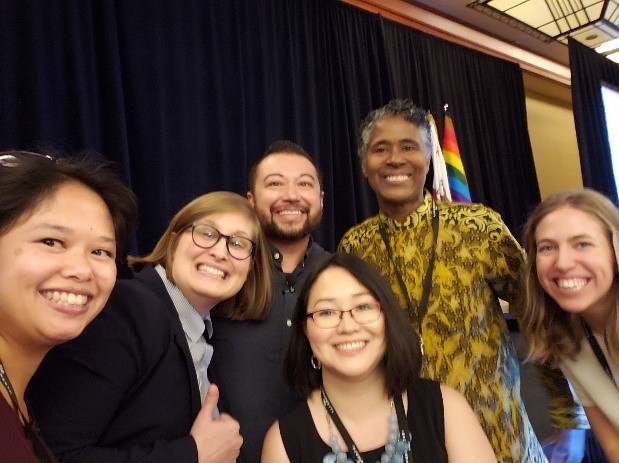
Collaborating to Help Others
Through the Day 2 general session panel, “Advancing LGBTQ+ Health Equity Through Policy, Research, and Data Collection,” I was gifted the opportunity to collaborate with some really smart and amazing people: Dr. Phoenix Matthews from the University of Illinois at Chicago and Amanda McAllister-Walner and Dannie Ceseña from We Breathe: Reducing LGBTQ Tobacco-Related Disparities Project.
Our planning meetings and communications for this panel session generated provocative conversations. I learned so much from our discussions! This allowed me to provide better insights anytime someone called me at the Tobacco Control Evaluation Center (TCEC) asking about how to collect data about respondents’ sexual orientation and gender identity, or SOGI for short. Including SOGI questions in data collection efforts help ensure that we are hearing from all pockets of our communities, aims to normalize the diversity of identities and cultures, and communicates, “There is space for you in our work.” It is our responsibility and opportunity to ask and use SOGI data just like we would any other demographic data. Systematic collection and use of SOGI and other demographic data are important parts that we can all play to work toward health equity. As Dr. Matthews put it, “We need to put our heads and data together so that we can study and develop culturally tailored interventions.”
Including SOGI questions in data collection efforts help ensure that we are hearing from all pockets of our communities, aims to normalize the diversity of identities and cultures, and communicates, “There is space for you in our work.”
How do we put our heads and data together? We ask! Ask SOGI questions whenever other demographic questions are asked. Ask We Breathe or TCEC if you have questions about why or how to ask SOGI questions. Ask for help on how to engage different communities. Ask for help from those in the community. Ask for help by collaborating with existing organizations like regional projects, LLAs, statewide coordinating centers, and TA providers. Asking for help is such a powerful act – both for the receiver and the giver!
Collaborating to Learn about Myself
After the panel session, We Breathe and TCEC also delivered an accompanying breakout session to allow people to practice asking SOGI questions in a variety of formats – paper/pen, electronic, survey, interview, etc. That helped facilitate productive discussions with participants which embodied the key attributes of cultural humility: self-awareness, openness, egoless, self-reflection & critique, supportive interactions, and vulnerability. We aimed to create a safe space for people to ask questions and challenge their assumptions. I myself had endless questions about reporting SOGI data, the exact wording and order to use, making categories mutually exclusive, ensuring all respondents interpret the options the same way, and so much more. It also prompted conversations stressing the importance of pilot testing data collection instruments with intended audiences, data security and privacy practices, and involving the community throughout the evaluation lifecycle.
Again, this breakout session did not simply come together on its own. I needed to challenge my own assumptions and insecurities and seek help to understand the issues from different points of view. I did this through lengthy discussions with We Breathe and projects actively collecting SOGI data, participating in trainings about LGBTQ+ health disparities, and being honest with myself about why I felt insecure and struggled with this topic. I also relied on my TCEC team members to practice being more comfortable when having uncomfortable discussions. I had to learn to be ok with making mistakes, apologizing when I make a mistake, and helping others learn from my experiences. Every conversation I’ve had about collecting SOGI data has taught me something different, and now I get excited to jump into a topic that I was once so worried about. So, if you still have questions about how and why we collect SOGI data, give me call! I’m ready!
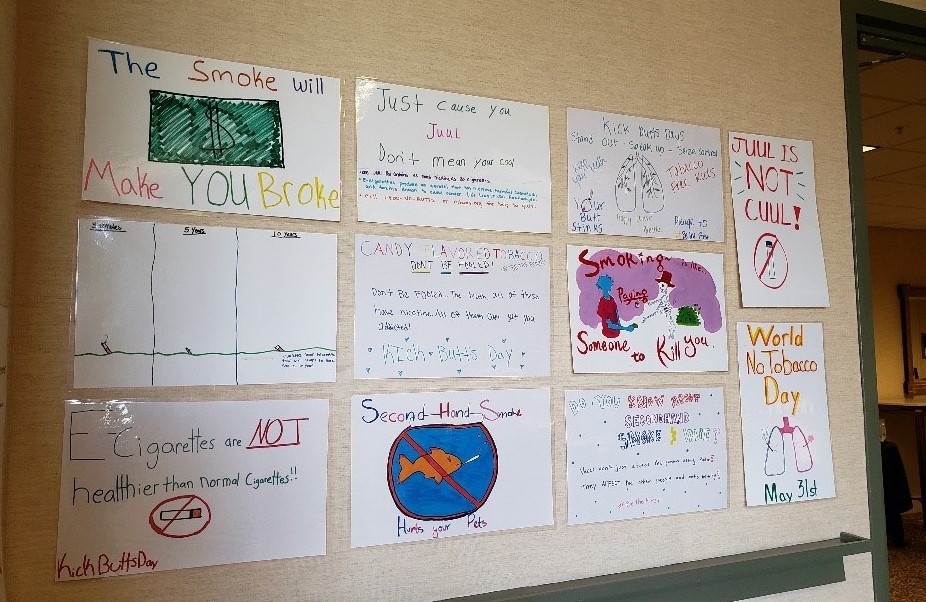
Collaborating to Make Space for the Community
What I was not ready for was the gallery walk. When I saw calls for submissions to the gallery walk, I didn’t understand. I assumed they wanted things like student art – which is part of it and displayed very creative and original work like, “The smoke will make you broke,” and “Juul is not cuul!”
In the corner of the room, next to the window, was a heartbreaking display of images and names of people that died because of tobacco, including 45,000 African Americans each year. Curated by Tracy Brown, this was a dual submission by AMPLIFY! African American Statewide Coordinating Center and AATCLC the African American Tobacco Control Leadership Council. I was barely able to capture a clear picture, because I was so moved and shaking from the emotional response it elicited. It really drove home the impact our work has on actual people and our communities. This reverence was also highlighted several times throughout the conference, from the opening blessing reminding us that we are on sacred land, to the moments of silence for those murdered for being transgender or dying from childbirth. I appreciated the elegantly simple way we can show respect, because as we present public health data about LGBTQ+ health disparities or infant and maternal mortality, it represents someone’s parent, sibling, child, friend, neighbor.
We cannot achieve health equity without recognizing the pressure, violence, and trauma our community members face everyday. As Rod Lew of Statewide Pacific Islander Asian American Resource and Coordinating Center (SPARC) explained during the pre-conference webinar, this lack of attention to history is a root cause of health disparities we see today. Our work must acknowledge slavery and the commercialization of tobacco, exploitation of cultural images, and tobacco industry targeting. This conference truly embodied this responsibility in so many ways. Just take a look at this beautiful memorial!
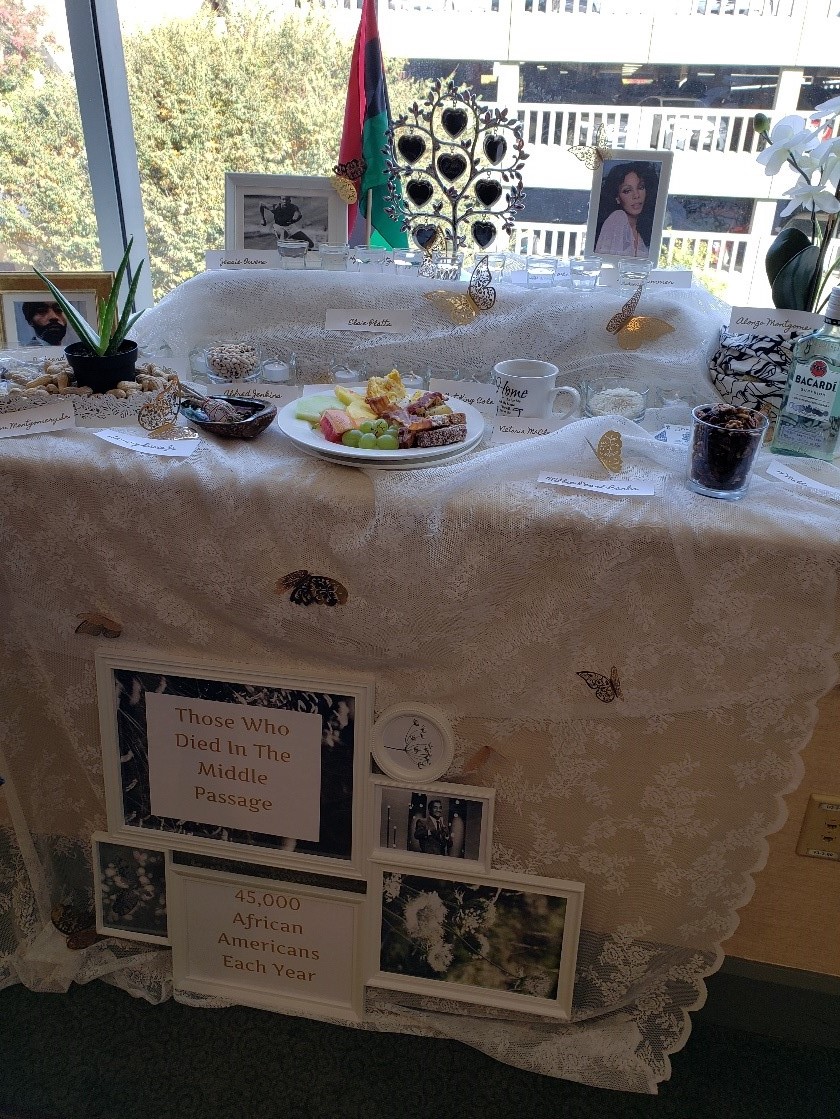
Collaborating for Hope
Even the development of this article is a product of collaboration. Through several revisions, my colleague, Danielle Lippert added, “Disparities in public health are simultaneously our somber failures and hopeful opportunities for collaboration.” It’s a bit meta, but in an article about collaboration, I’m not surprised to rely on the words of others. I am grateful to the organizers of this conference and all those who presented, attended, and contributed to the discussion. I walked in with expectations that it would be like any other conference, and I have never been more happy to be wrong. The conference facilitated collaboration, leadership, and humility for us to work toward health equity and rise together.
